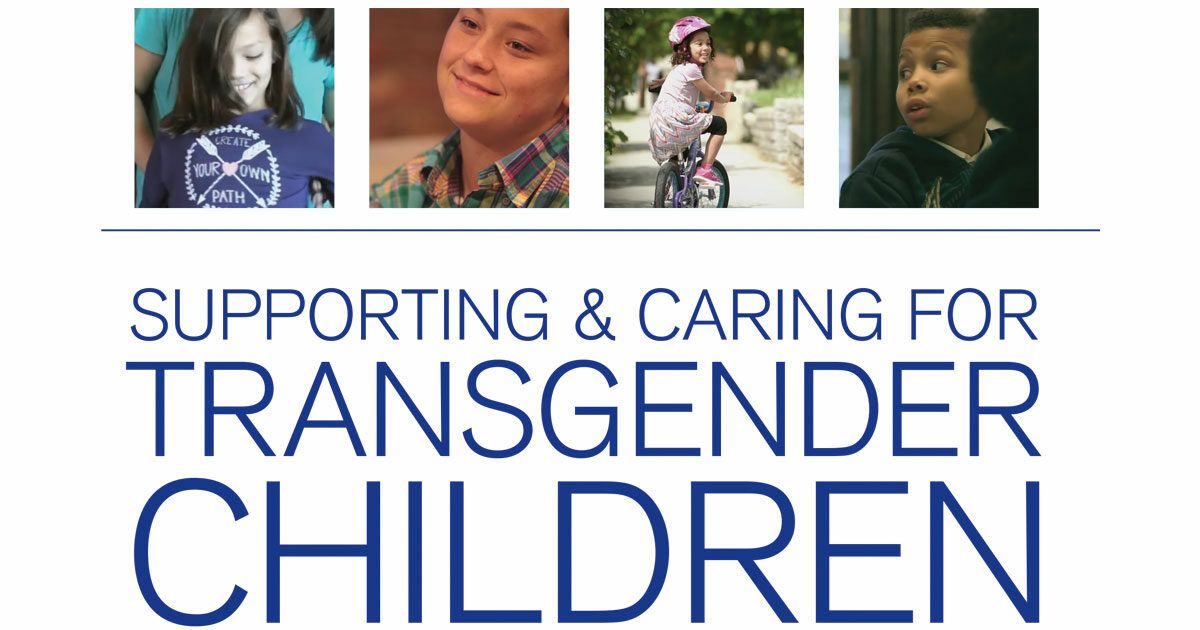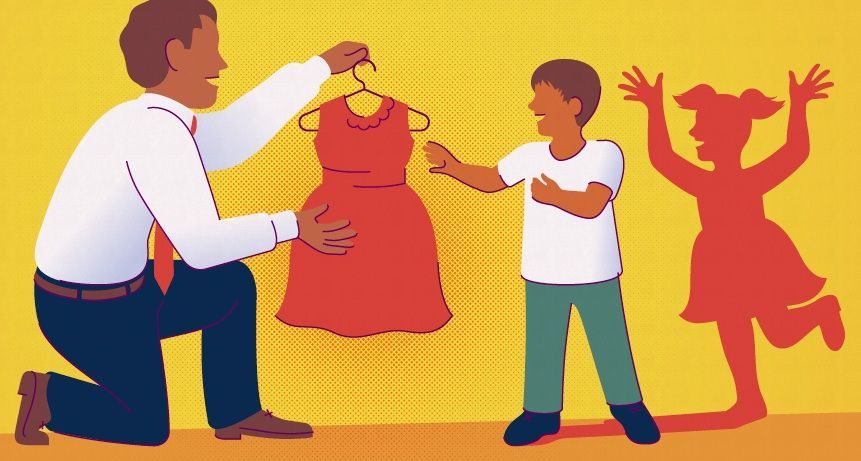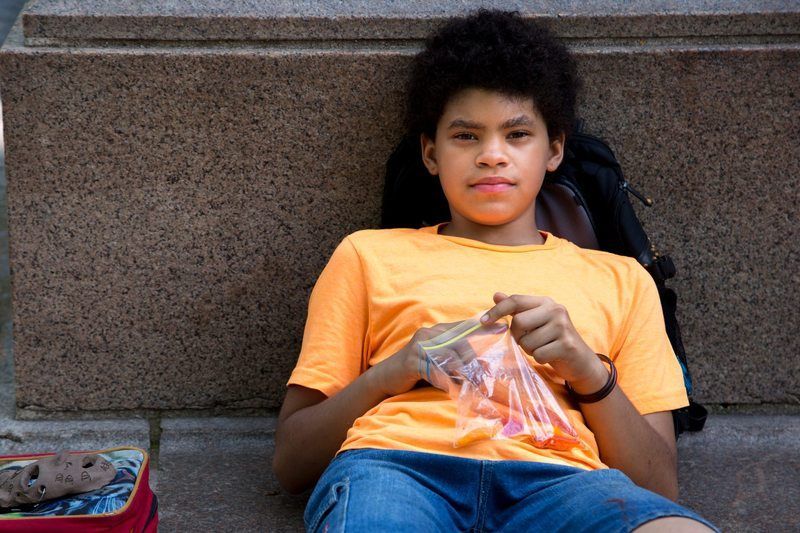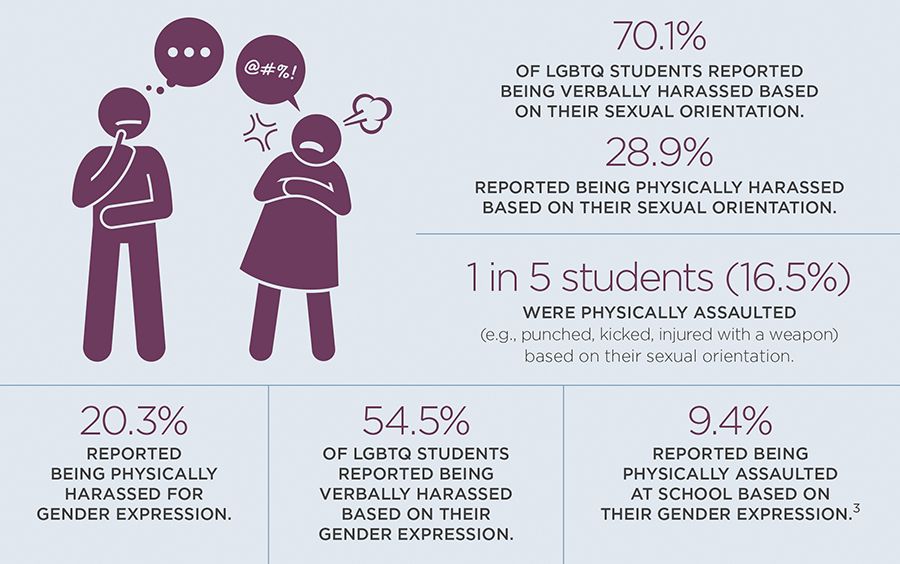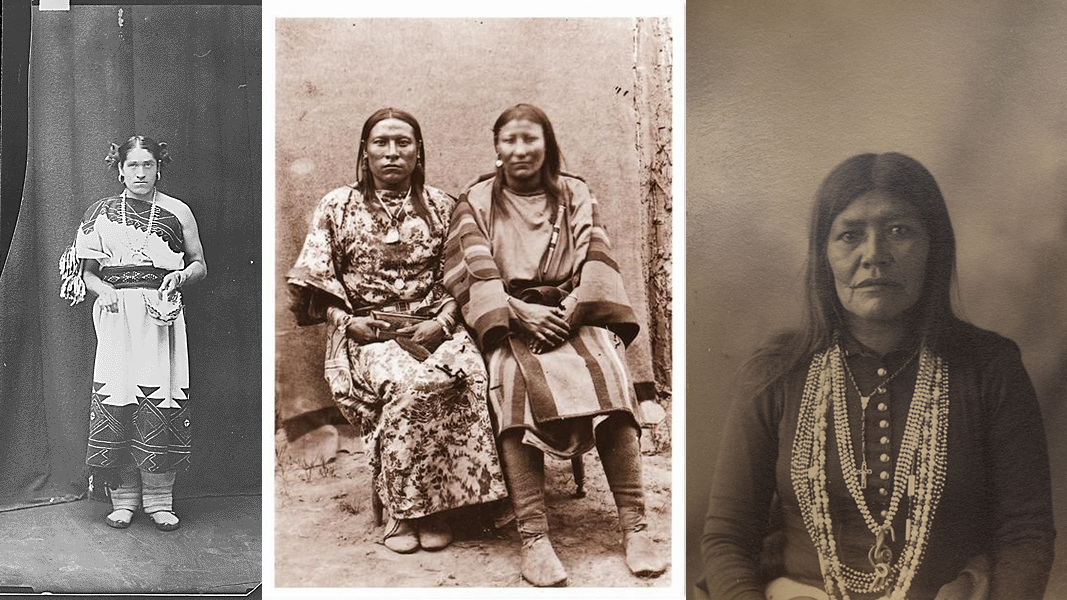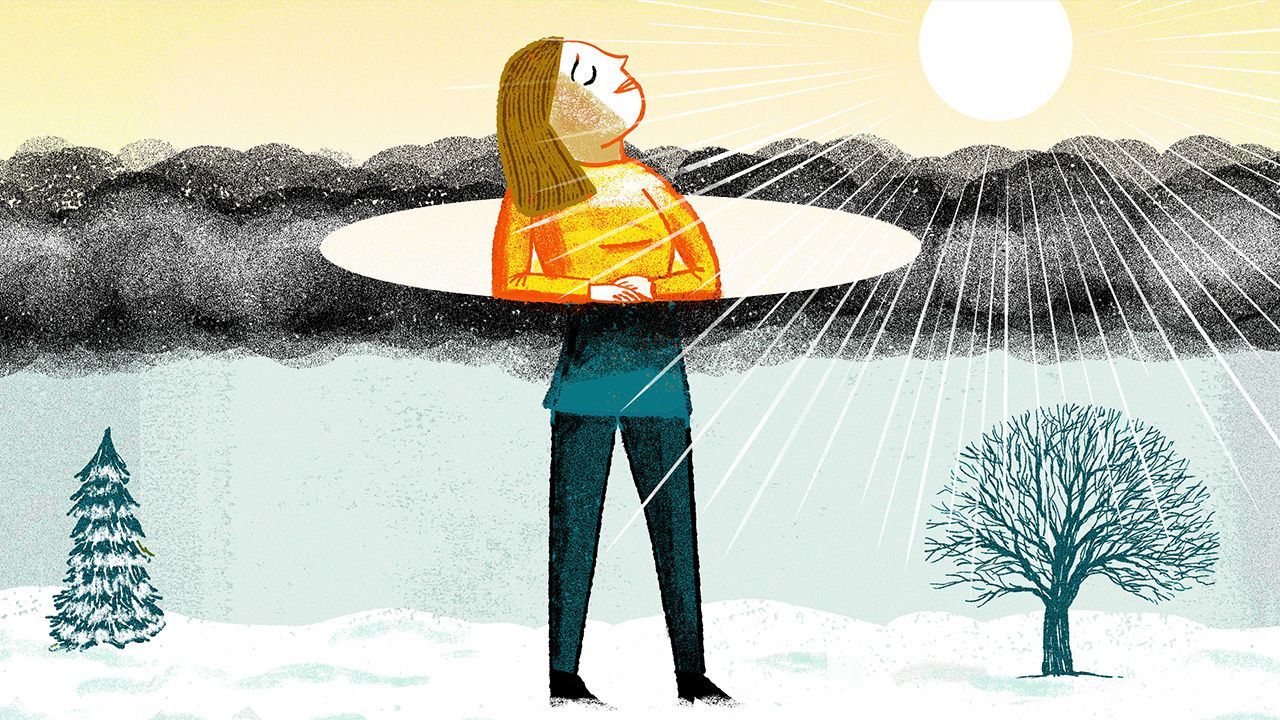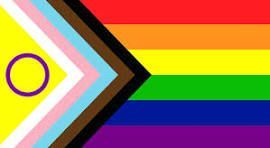Gender identity refers to the different variations of historically masculine and feminine traits that a person aligns with internally; however, some people may not align themselves with either. Most cultures, like that of the United States, have historically functioned using a gender binary. This means that throughout our history, gender has been divided into two categories that each person falls under: man or woman, masculine or feminine. Some cultures have long been functioning with additional gender identities, such as Two Spirit individuals in Native American culture or Sekrata in Madagascar who have variations of gender expression and gender roles. Earlier, we discussed that transgender is a gender identity because it describes an individual who was assigned at birth, though their internal since of self is different than what they were assigned.
Gender expression is the way that a person presents themselves to the outside world, often as their identified gender. This is sometimes based on traditional ideas of masculinity and femininity; however, because these traditional views are changing over time, people of all gender identities may express themselves in ways that don’t conform to traditional views of masculine and feminine. This may be done through clothing, jewelry, make-up, hairstyles, ways of speaking/walking, and/or pronouns. For example, a cisgender man (assigned male at birth and identifies as a man) may wear a dress, but this doesn’t mean that they identify as a woman, nor does it assume their sexual orientation. Some people who do not conform to traditional views of masculinity/femininity may refer to themselves as gender diverse, gender expansive, or gender variant. Remember, it is always best to ask someone how they identify.
Based on a person’s culture or society, what is considered masculine or feminine is different and these concepts continue to change throughout history. Traditional views of masculinity and femininity in the United States have influenced the gender roles and stereotypes that still exist today. Gender roles are the behaviors that are associated with a particular gender. These roles are what create gender stereotypes, or the expectations that a society has of a person based on gender.
For example, in the Unites States, traditional gender stereotypes assume that men should be dominant, competitive, or physically strong and women should be submissive, nurturing, and sensitive. Boys should play sports, video games, and work out. Girls should play with dolls, make-up, and take care of others.
One way to advocate and be an ally for LGBTQ+ individuals is to challenge these gender stereotypes. This doesn’t mean forcing anyone to play with toys they don’t want to or putting them in activities that they don’t like. In fact, it’s the opposite. By encouraging children and adolescents to explore their own interests, we are giving them the space to learn and develop their identity. Though it may seem confusing, being supportive and asking questions can increase comfort in them sharing their thoughts/feelings about their gender identity more openly.

